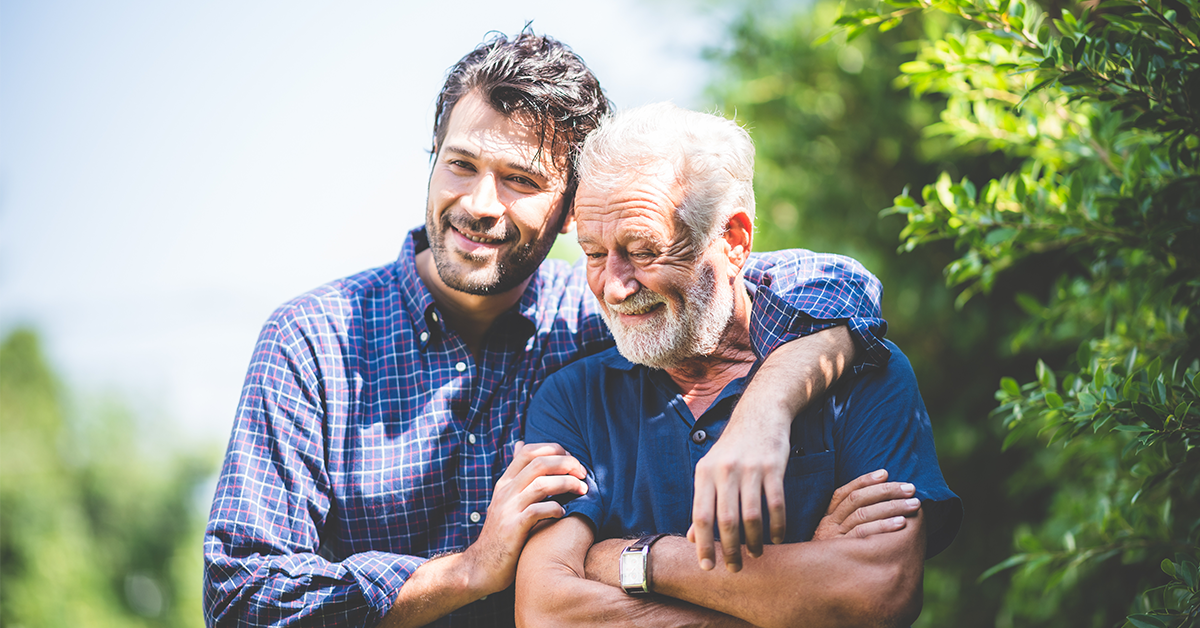3 Easy Ways to Reduce Risk Of Elders Falling

A fall can carry with it serious consequences, especially for an elderly loved one. A fall can lead to a fracture, such as a wrist, arm, or hip, and that can lead to a hospital, rehab stay, and possible nursing home care. A fall can transform an elder from mostly independent to fully dependent on others. Here are 3 simple steps that can be taken to help reduce the risk of falling.
In-home changes
One of the most important things we can do to prevent falls is adjust an elder’s environment to be more suitable to their needs and free of hazards. This can involve installing and checking integrity of railings and grab bars. Keep in mind, the bathroom isn’t the only place grab bars may be helpful to an elder. Also consider the height of food, clothing, and toiletries they use each day. Are they using a stepladder several times a day to retrieve the tea stored in a high cabinet? To minimize the risk of falls, rearrange the elder's most frequently used items so there is less climbing and reaching required, and make sure their living space is well lit and free of excess clutter to reduce tripping as well.
Consult with their doctor
Of course, regular checkups are important for many reasons, but they are a chance to discuss concerns about falling too. When visiting the doctor, some elders may bring up numbness or weakness that they had never mentioned to caregivers before. Their doctors can also discuss any possible impact of an elder’s medication on balance, gait, or vision. Should they be using a cane or walker regularly? Are their prescription glasses using the right prescription strength? Doctors should also know about activities the elder is participating in, and should be a part of any conversation about limits or changes in the daily routine.
Improve balance
It’s not always a wet or slippery floor that causes elders to fall. Sometimes, it is about a lack of balance or leg strength. With doctor approval, exercise is the best way to improve those skills. The National Institute of Health recommends doing basic exercises at least two non-consecutive days a week to help improve balance and strengthen the lower body. These exercises include standing on one foot, walking heel to toe, doing a balance walk (as if on a balance beam), and back and side leg raises. These can be performed almost anywhere and can have a real impact on an elder’s ability to prevent their own falls. Having someone with them while exercising is also key to safety while exercising, as well as having expert professional guidance to know where to start and how fast to progress.
Archer Law Office can help with care planning and crisis management concerns, such as the impact of falling. Any of the firm's attorneys or Senior Living Resources staff would be happy to discuss these questions with you.
Archer Law Office Can Help
For More Information Contact this office (609) 842-9200
